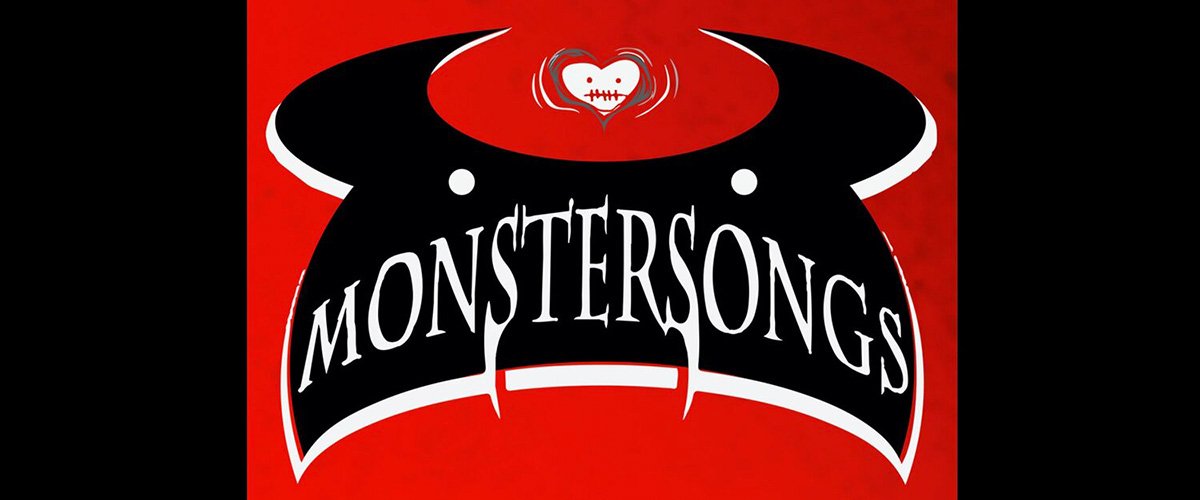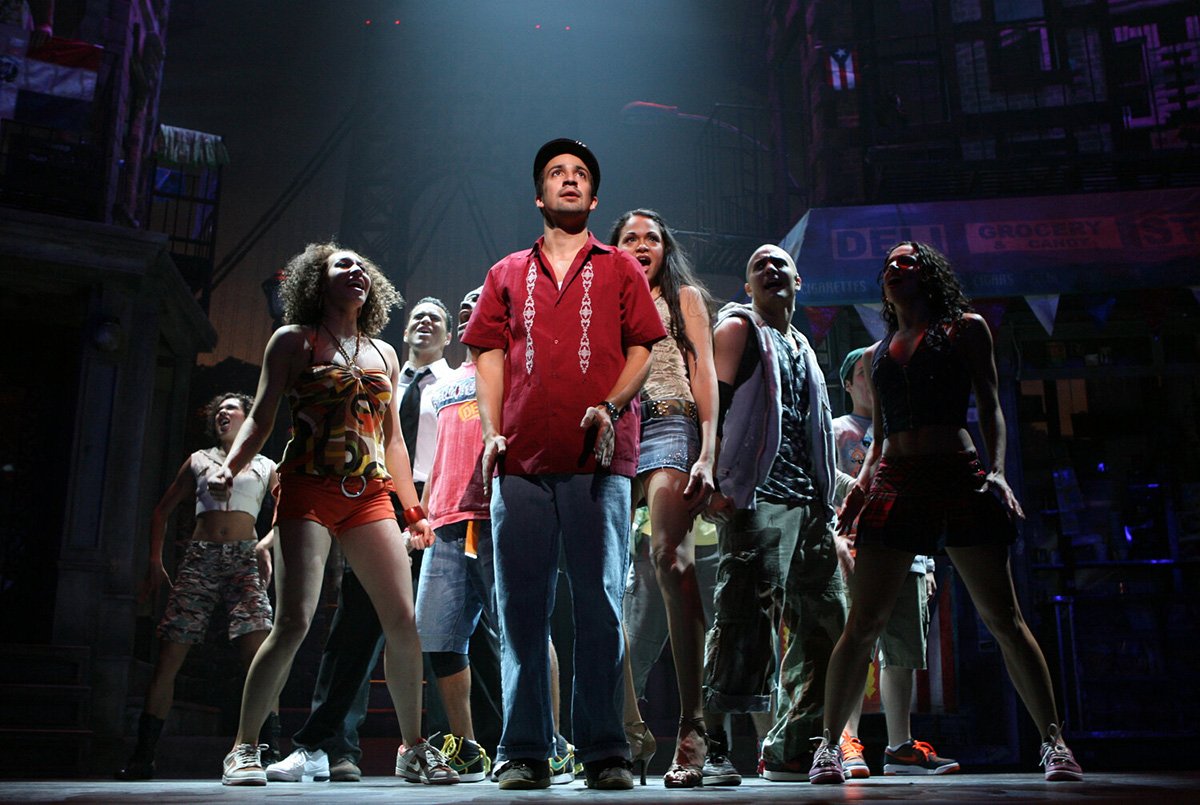
“Sometimes clichés are clichés for a reason.”
– Stephen Fitzgerald, The Irish Curse
There’s an old saying that goes something like this: “If three people tell you you’re drunk, give them your car keys.”
As a professional writer of almost 40 years, I recently followed another helpful suggestion: “If two brilliant directors, one woman and one man, on opposite sides of the country, suggest you rewrite your play – which has already won several awards, been successfully produced all over the world, and published by Samuel French, a Concord Theatricals company – because it needs to be more diverse, you should reopen up that play’s file on your laptop.“
That play, The Irish Curse (US/UK), which was first produced at the New York International Fringe Festival and won their Outstanding Playwriting Award, was later produced commercially off-Broadway in 2010.
Since then, it’s been seen across America, in England, Scotland, Ireland, Canada, Brazil, the Czech Republic, Slovakia, and, wait for it, Sri Lanka.
The Irish Curse, which is a raucous five-character play with one set and a ninety-minute running time, deals with a rather unusual subject matter. It’s about a support group in New York City for Irish-American guys who have, as the NYC advertising campaign claimed, “one tiny problem.” These guys believe, with all their hearts, the Urban Legend that says certain men of a certain ethnicity have small penises. And they believe that “situation” (as one of the characters in the play says, “If you call it a problem, then it is one”) has affected every aspect of the lives.
The play is, if you’ll excuse the pun, a balls-out comedy dealing with very serious themes, like male body image, what makes a man a man, and what the hell masculinity really is.
Which brings me back to those two brilliant directors who contacted me in the contentious summer of 2018 to ask if I would consider revising the play so that two of its roles were to be played by actors of color.
Interestingly, both directors suggested one of the men be African-American and the other be Asian-American. Both directors suggested that since part of the play touches on how men of various ethnicities deal with stereotypes about the size of their, shall we say, junk – why not really strengthen that aspect of the story while I was at it?
I was torn. The whole genesis of the play was about the mythical Curse of the Irish. Hence the title The Irish Curse. But I had come to realize the title was not only a metaphor for the “situation” in which my five Irish-American guys found themselves, but was a metaphor for all of their shortcomings, real and imagined.
Then I remembered the play had been done in Colombo, Sri Lanka. I had a great photo of the five dark-skinned South Asian actors playing my five white-skinned Irish-American New Yorkers. I loved that photo.
And it was that photo that ultimately convinced me – despite assuming for a long time only white actors could perform in The Irish Curse – that the themes in the play were absolutely universal. Because everyone in the world has something about their body they don’t like.
That was why I wrote the play in the first place!
And after fifteen years of post-performance Irish Curse talkbacks all over the world, I had learned that guys (and women) everywhere loved hearing men on stage talk openly and freely about the size of their dicks. Audiences in Rio and Prague and Bratislava laughed at the same jokes in the play that audience in Portland, Sioux City, Lexington, Los Angeles, and New Milford laughed at. (Particularly the jokes concerning the stereotypes about how all Polish and Italian guys are well-endowed.)
I mean, for crying out loud, I told myself… the play went over like gangbusters in Colombo, Sri Lanka!
And when three people tell you you’re drunk, well you know what to do.
Those thoughts – plus knowing one of the brilliant directors, who runs a theatre in Rockford, Illinois, had promised me a slot in their season if he liked the newly revised version of the play – got me to do the rewrite.
The Brilliant Director instructed me “not to change too much. I really want to do your play but only if it’s not five white guys.”
During the weeks that followed, I had a delightful time doing surgical revisions. Knowing there were two outspoken men of color on stage opened up so many possibilities for comedy. The new dialogue began to crackle in a way that was just as outrageous as in the previous version. Dealing with male body image issues became even more fun and more exciting. I threw myself into making the play gutsier and more honest than it had been before. I wasn’t sure it worked, but I felt exhilarated.
A favorite writing teacher of mine once taught me if something in your script makes you cry, makes you laugh, or delights you, well, chances are that it will do the same thing for your audience.
A month later, I sent the Brilliant Director what I was calling The Irish Curse 2.0: The Diverse Curse (US/UK). He called me a few days later to say he loved the rewrite.
And in a scene at the end of the play, when four of the guys in the group gather around one man to get him through a very rough moment, he said the thought of a diverse cast acting this out had moved him to tears.
He also thought the changes in the play not only made it more inclusive, but more universal, and, ultimately, more powerful and funnier.
Samuel French obviously agrees and will be publishing a companion version to the original Irish Curse, so that both versions of the script will be available to all English-speaking theatres around the world.
In the meantime, The Irish Curse 2.0 will open at The West Side Room in Rockford, Illinois, in January 2022.
I’ll be there. Cheering on and supporting the newly diverse cast.
And by the way, just remember… the next time more than one person tells you to do something, you should listen.
…
To get your copy of The Irish Curse, visit Concord Theatricals in the US or UK. For performance rights to The Irish Curse 2.0: The Diverse Curse, click US or UK.
The Irish Curse is also available in a new version approved for virtual performance in the US or UK.
…
Header Image: 2014 Arena Theatre, Bratislava, Slovakia production of The Irish Curse (Martin Casella)

Newly Available for Licensing – October 2025 (UK)

Monstersongs and Monster Shows

